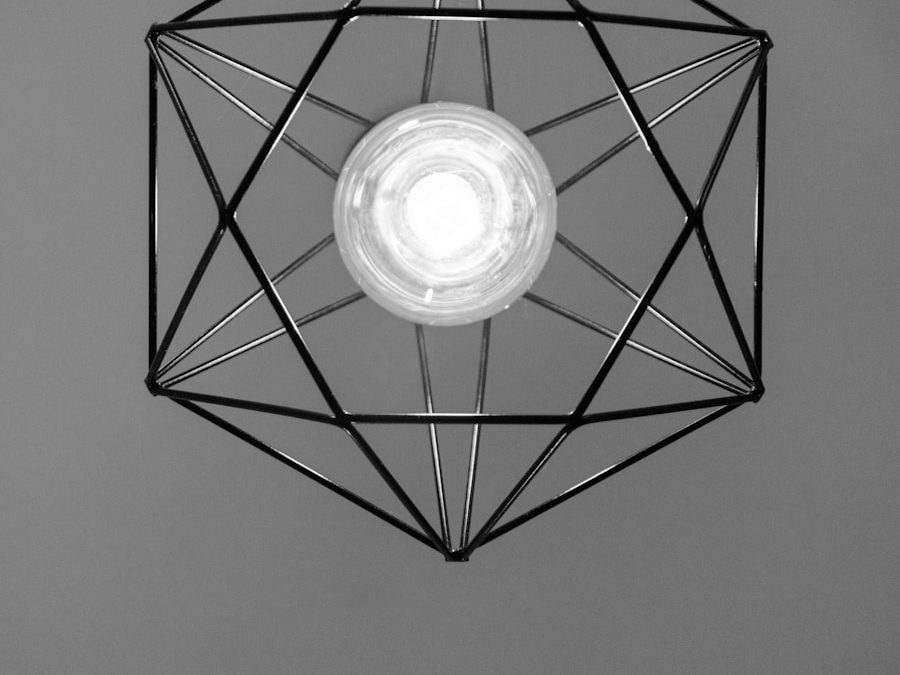
Shining Bright: Exploring the Magic of Light
The Importance of Light in Our World
Light is everywhere around us. Without light, we would not be able to see the world around us or experience the beauty of colors. Light has played a crucial role in our evolution, allowing us to hunt during the day and connecting us to the natural rhythms of day and night.
But light is more than just a tool for seeing. Light can have a profound effect on our well-being and mental health. Exposure to natural light has been shown to boost serotonin levels, which can improve mood and reduce symptoms of depression. On the other hand, exposure to artificial light at night can disrupt our circadian rhythms and negatively affect sleep quality.
The Science of Light
Light is both a wave and a particle, a property known as wave-particle duality. This means that in certain experiments, light behaves like a wave, while in others it behaves like a particle. Understanding the properties of light is essential for a wide range of scientific fields, from astronomy to medicine.
One of the most fascinating phenomena related to light is the concept of color. Color is not an inherent property of an object, but rather a result of the way light interacts with the object. When light strikes an object, some wavelengths are absorbed while others are reflected. Our eyes perceive the reflected wavelength as color.
The Cultural Significance of Light
Light has played a prominent role in culture throughout human history. In many religions, light is a symbol of divinity and enlightenment. For example, in Christianity, Jesus is often referred to as the “Light of the World.” In Hinduism, light is a symbol of knowledge and spiritual awakening.
Light is also used in many cultural celebrations and traditions. For example, the Jewish holiday of Hanukkah is celebrated by lighting candles for eight nights, while the Hindu festival of Diwali involves lighting lamps and candles to symbolize the victory of light over darkness.
The Future of Light
The study of light is an ever-evolving field, with new advances and applications emerging all the time. One particularly exciting area of research is the development of organic light-emitting diodes (OLEDs). OLEDs are a type of lighting technology that uses thin layers of organic materials to produce light. They are highly energy-efficient and have the potential to revolutionize the lighting industry.
Another emerging field is biophotonics, which uses light to study biological systems. Biophotonics has a wide range of applications, from developing new medical imaging techniques to studying the behavior of cells and tissues.



